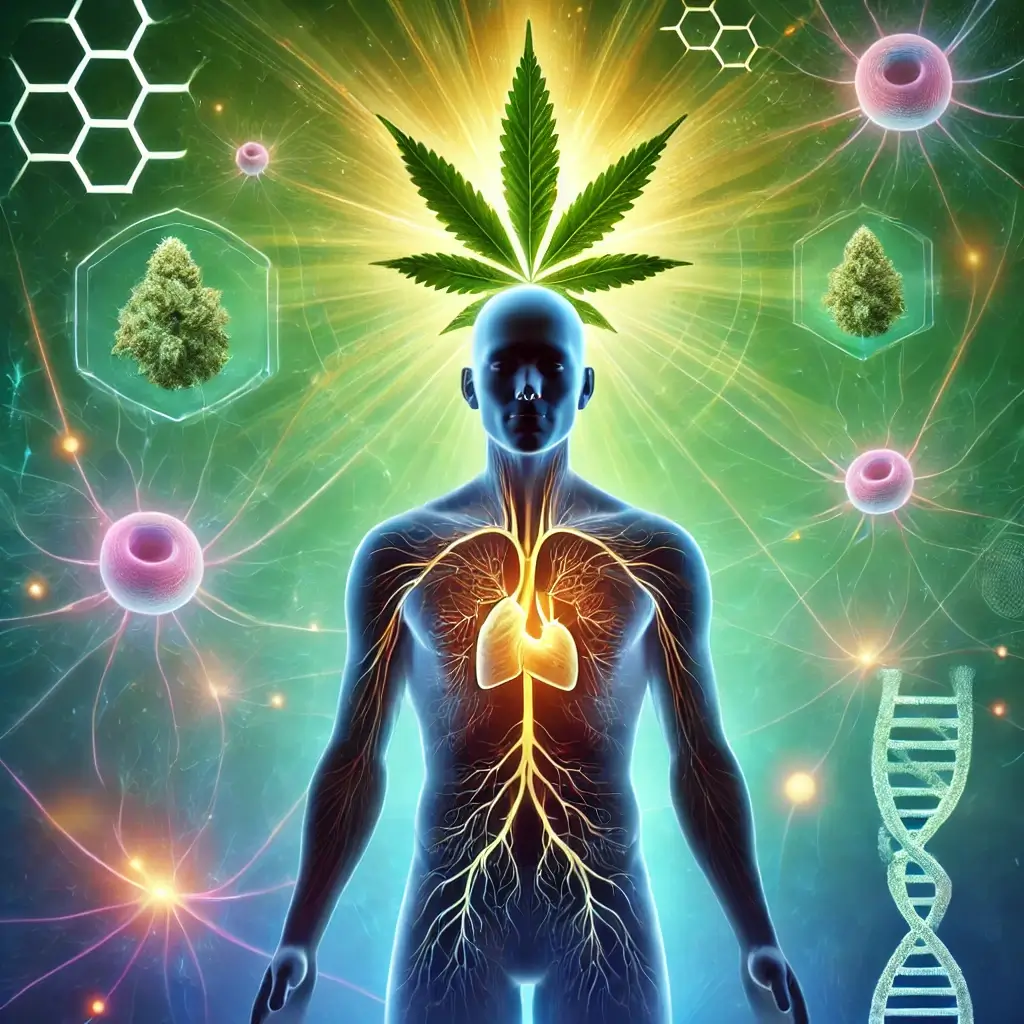Evidence-Based Cannabis Treatment: A Comprehensive Guide to Managing Chronic Pain Naturally
The Global Impact of Pain and Traditional Management
Pain, whether acute or chronic, affects millions worldwide, presenting a significant challenge to individuals and healthcare systems alike. According to recent estimates, over 50 million adults in the United States live with chronic pain, leading to diminished quality of life and economic productivity. Traditionally, pain management strategies have relied on pharmaceuticals like opioids and NSAIDs, alongside physical therapies. However, these treatments are not without drawbacks. The opioid crisis highlights the severe risks of addiction and overdose, while long-term NSAID use is linked to cardiovascular and gastrointestinal complications.
Cannabis as an Alternative Treatment
Against this backdrop, cannabis has emerged as a promising alternative. Its unique interaction with the endocannabinoid system (ECS) offers a novel mechanism for pain relief. The ECS, a regulatory system discovered in the 1990s, is integral to maintaining homeostasis by modulating pain perception, inflammation, and immune responses. Cannabinoids, the active compounds in cannabis, engage this system to provide pain relief without many of the side effects associated with conventional treatments.
The Role of Key Cannabinoids
Cannabinoids like THC (tetrahydrocannabinol) and CBD (cannabidiol) exhibit complementary mechanisms. THC primarily acts on CB1 receptors in the brain, altering pain signaling at the central level. Meanwhile, CBD targets CB2 receptors in the immune system and peripheral tissues, reducing inflammation and nociceptive sensitivity. This dual action has propelled cannabis into the spotlight for managing conditions such as neuropathic pain, arthritis, and fibromyalgia.
Research Progress and Implications
With increasing legalization worldwide, cannabis research has accelerated, uncovering its complex neurobiology and broad clinical applications. This article delves into the mechanisms of cannabis-mediated pain relief, the latest scientific advancements, and its practical implications for patient care.
Understanding Cannabis Pain Relief Mechanisms
Cannabis operates through a multi-tiered approach, targeting central and peripheral pain mechanisms. Below is an in-depth exploration of these pathways:
Central Mechanisms of Pain Relief
1. Central Mechanisms
CB1 Receptor Modulation: THC binds to CB1 receptors located in the brain and spinal cord, altering nociceptive signal transmission. This interaction decreases the perception of pain at its source.
Descending Pain Pathways: Cannabinoids activate descending pain inhibition pathways, reducing the intensity of signals reaching the brain. A study published in Neurology Research (2023) demonstrated the efficacy of THC in modulating these pathways, significantly reducing chronic pain symptoms.
Thalamic and Cortical Processing: Cannabis influences the thalamus and cortex regions responsible for localizing and emotionally processing pain. This dual modulation addresses both physical pain and its associated emotional distress.
Peripheral Mechanisms and Interactions
2. Peripheral Mechanisms
CB2 Receptor Activation: CBD’s interaction with CB2 receptors in immune cells mitigates inflammation by regulating cytokine production.
Nociceptor Desensitization: Cannabinoids lower nociceptor sensitivity for conditions involving hypersensitivity, such as fibromyalgia and neuropathy.
Inflammatory Mediator Suppression: Cannabis decreases the release of pro-inflammatory substances like prostaglandins, further alleviating pain.
Receptor-Level Mechanisms
3. Receptor-Level Interactions
TRPV1 Channels: These receptors detect heat and inflammatory pain and are desensitized by cannabinoids, reducing pain signals.
GPR55 Receptors: Emerging research highlights the role of GPR55 receptors in pain regulation, with cannabis showing inhibitory effects.
Adenosine Signaling Enhancement: By enhancing adenosine activity, cannabis exerts additional anti-inflammatory and analgesic effects.
Clinical Applications and Benefits
The diverse mechanisms of cannabis translate into effective pain management for various conditions:
Treatment of Neuropathic Pain
Cannabis has shown remarkable efficacy in neuropathic pain conditions such as multiple sclerosis and chemotherapy-induced neuropathy. A 2023 study in the Journal of Pain Science highlighted its ability to reduce nerve pain by modulating CB1 and CB2 receptor activity.
Management of Inflammatory Pain
CBD-rich cannabis formulations are particularly effective for inflammatory conditions like arthritis. Unlike THC, CBD does not induce psychoactive effects, making it an attractive option for long-term use. Clinical trials have demonstrated significant reductions in joint inflammation and associated pain in arthritis patients.
Treatment of Central Sensitization Disorders
Patients with conditions like fibromyalgia benefit from cannabis’s ability to modulate pain processing pathways. Reports from Clinical Neuroscience (2022) underscore its effectiveness in alleviating widespread pain and improving quality of life.
Administration Methods
The versatility of cannabis extends to its delivery methods:
Sublingual Tinctures: Provide rapid absorption and targeted effects, ideal for systemic pain.
Vaporization: Offers immediate relief, suitable for acute pain episodes.
Topical Applications: Beneficial for localized pain conditions like arthritis or muscle sprains.
Future Directions and Research
Ongoing research aims to refine these approaches, ensuring optimal dosing and minimizing adverse effects. The potential for personalized cannabis-based therapies is a growing focus, as genetic and lifestyle factors influence individual responses.
Final Insights and Future Outlook
Cannabis represents a paradigm shift in pain management, offering a multi-mechanistic approach that addresses both central and peripheral aspects of pain. Studies like those in Neurology Research and Clinical Neuroscience validate its effectiveness, while ongoing research continues to uncover its therapeutic potential.
As legalization expands and scientific understanding deepens, cannabis is poised to become an integral component of pain management strategies. However, its adoption requires a balanced approach, with an emphasis on evidence-based protocols, patient education, and individualized care plans. By harnessing its unique properties, cannabis offers hope to millions seeking safer, more effective alternatives to traditional pain relief methods.
Research Sources
References:
Journal of Pain Science (2023): Insights into ECS and pain pathways.
Neurology Research (2023): Cannabis’s central effects on pain perception.
Clinical Neuroscience (2022): Peripheral mechanisms in cannabis-based therapies.













